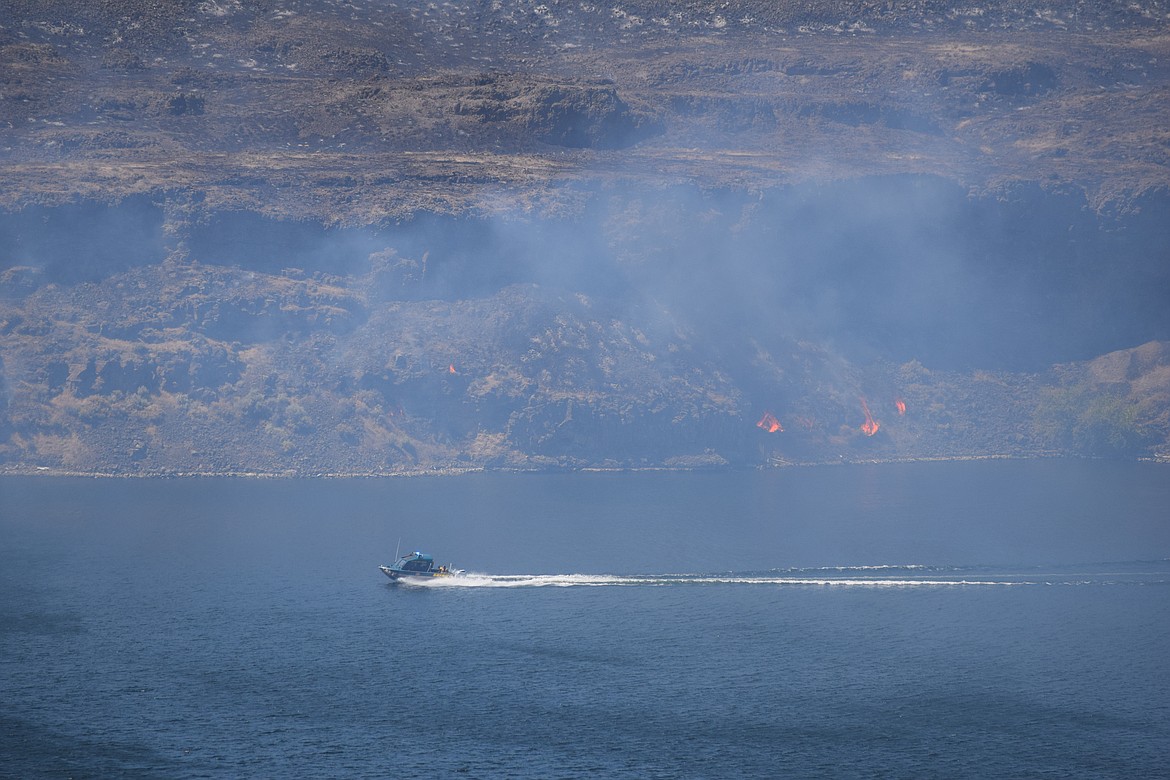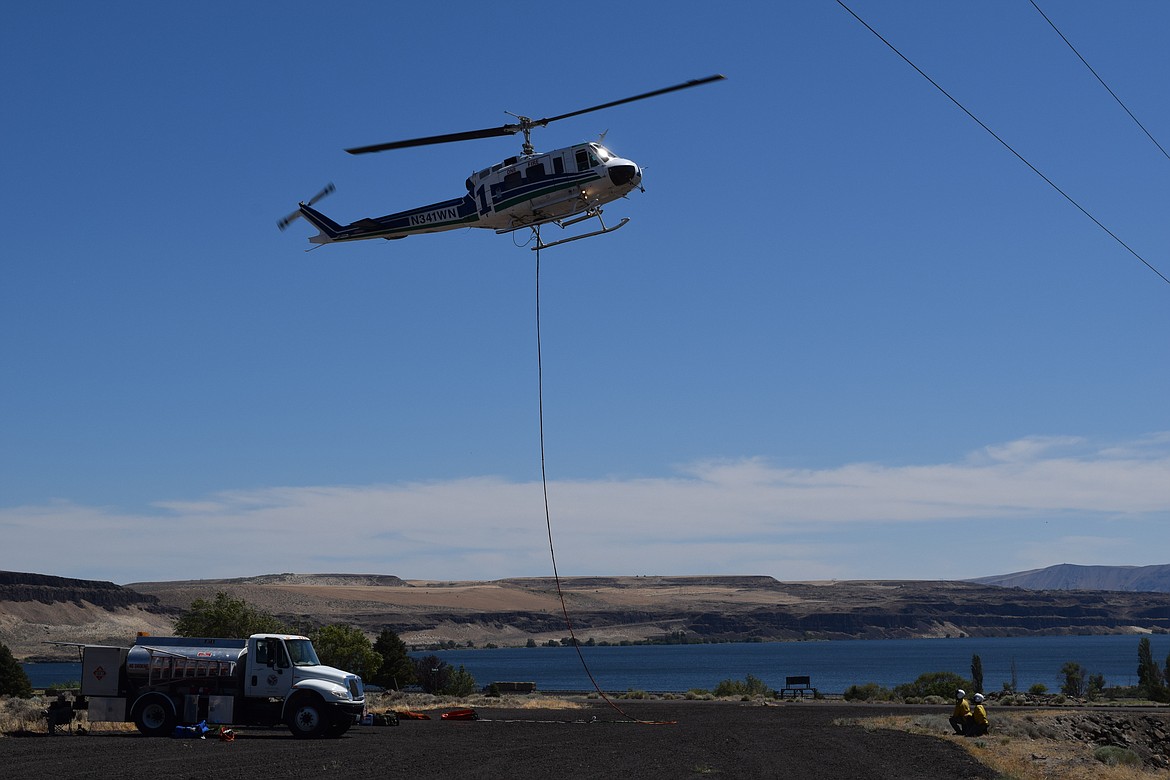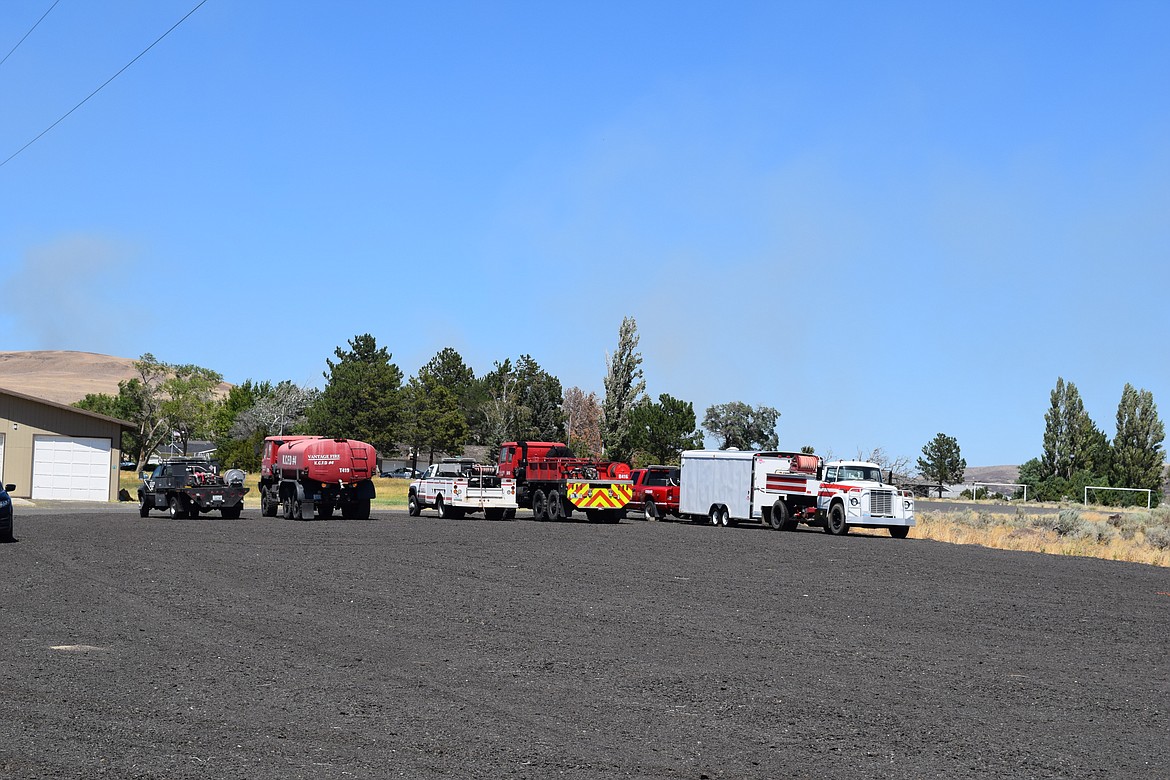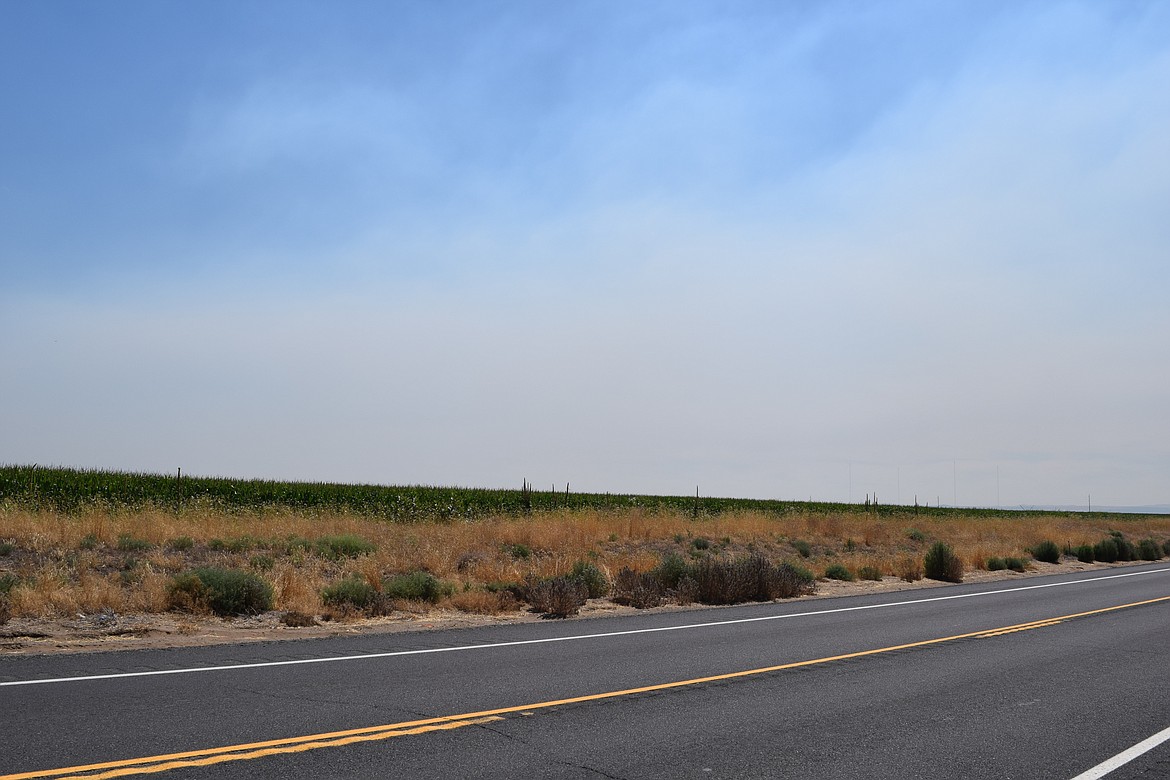Vantage Highway fire causes haze, threatens 40 structures
VANTAGE — A fire is burning on the western side of the Columbia River north of Vantage along the Vantage Highway, leading to the mobilization of state resources to combat the roughly 10,500-acre blaze which threatened about 40 structures Monday.
Become a Subscriber!
You have read all of your free articles this month. Select a plan below to start your subscription today.
Already a subscriber? Login







